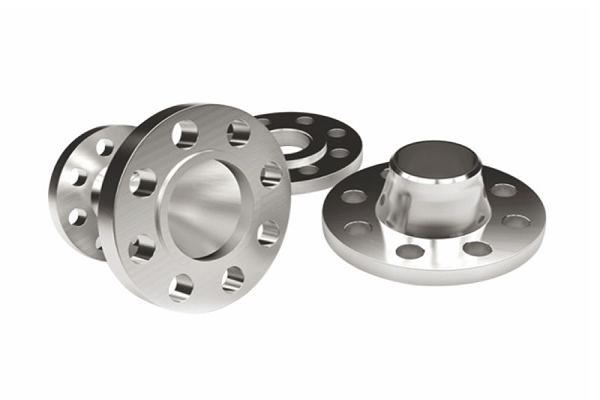
High Tolerance Forging Parts
High tolerance forging parts are components manufactured through a specialized forging process that ensures precision and accuracy in their dimensions and properties. Forging is a metalworking technique that involves shaping metal through the application of compressive forces, often utilizing tools such as hammers or presses. High tolerance forging parts are specifically designed to meet stringent engineering specifications, which allows for minimal variability in size, shape, and mechanical properties. This level of precision is crucial for industries where safety and reliability are paramount, such as aerospace, automotive, and heavy machinery.
The process of creating high tolerance forging parts begins with the selection of appropriate materials. Common materials used for these components include various types of steel, titanium, and aluminum alloys, which possess desirable characteristics such as high strength, lightweight, and corrosion resistance. Once the material is chosen, it is heated to a specific temperature to enhance malleability before being forged into the desired shape. The controlled heating process, combined with the application of pressure during forging, allows for the development of a fine-grained microstructure that contributes to the strength and durability of the final product.
Precision during the forging process is critical to achieving the necessary tolerances. High tolerance forging involves strict quality control measures, including advanced measurement techniques and equipment, to ensure that each part meets the specified dimensions and mechanical characteristics. Techniques such as computer numerical control (CNC) machining may be employed to refine the forged parts further, allowing for exact specifications to be achieved. This process helps minimize post-forging machining, reducing waste and improving the overall efficiency of manufacturing operations. Additionally, non-destructive testing methods may be utilized to inspect the integrity of the forged parts, confirming they meet industry standards before they are released for use.
In conclusion, high tolerance forging parts play an essential role in the manufacturing landscape, providing precise, reliable components for critical applications across various industries. The combination of specialized materials, advanced forging techniques, and rigorous quality control contributes to the exceptional performance and longevity of these components. As technology continues to evolve, the methods and equipment used in high tolerance forging will likely advance, further enhancing the capabilities of manufacturers to produce high-quality parts that meet the demands of modern engineering challenges. Ultimately, high tolerance forging not only exemplifies the art and science of metalworking but also underpins the safety and functionality of the products and systems we rely on every day.
REQUEST A QUOTE



